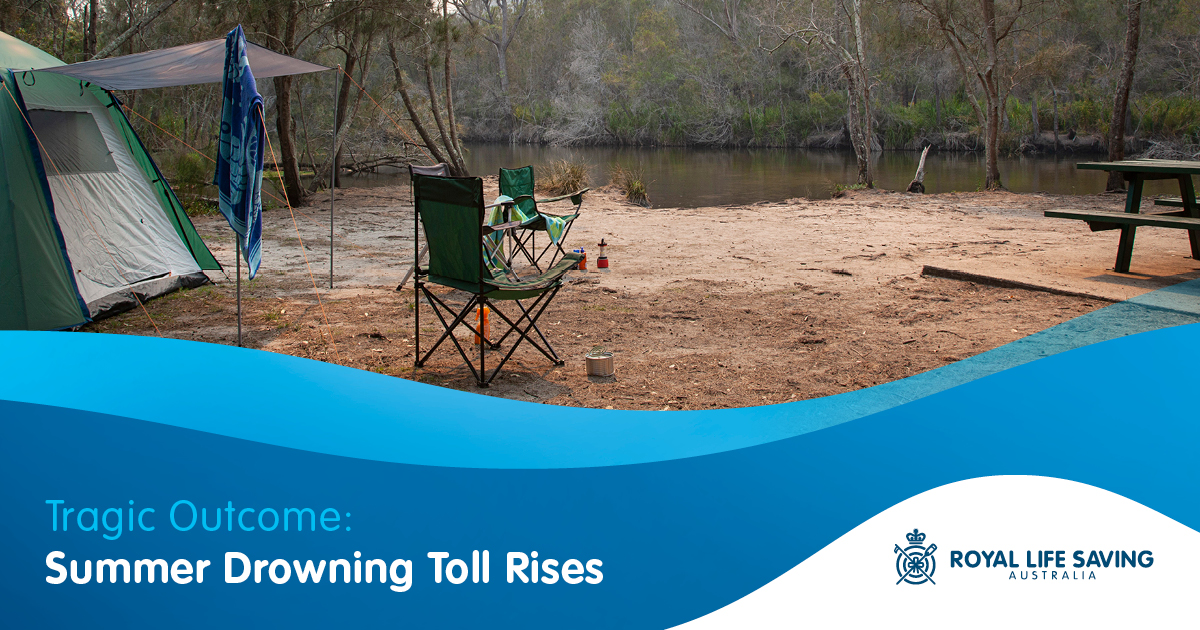Published 2 May 2022

Royal Life Saving’s annual Summer Drowning Toll showed a 30 per cent increase in drowning deaths across Australia in 2021/22, with flooding only responsible for a small proportion of deaths.
New analysis released this week showed 18 per cent of all drowning deaths over summer occurred on a public holiday. The two single days with the highest drowning deaths were both public holidays during the Christmas – New Year period.
The combination of extreme weather including flooding on the east coast and prolonged heat waves on the west coast, the easing of COVID-19 restrictions enabling people to travel all played a role in drowning risk over the summer months.
Comparing to the Summer Drowning Toll numbers from the previous five summers (2016/17 to 2020/21):
- Drowning deaths among people aged 35–64-years are on the rise
- In comparison, drowning deaths among people aged 18-34 years are decreasing
- Children aged 0-17 years consistently account for the lowest numbers of drowning deaths over summer
- Drowning at inland locations decreased, while coastal drowning deaths increased
The numbers of visitors to natural aquatic waterways have also risen, meaning more people are swimming, boating, fishing, and socialising, on and around the water.
This finding was supported by a nationwide community survey conducted for the consecutive second year by Roy Morgan on behalf of Royal Life Saving. The research tracked people’s participation and activity around water, finding 52 per cent of people visited an aquatic location in the past three months (January-March), and social gathering at all aquatic locations were up by 10 per cent compared to last year.
The Summer Drowning Toll could not capture any alcohol involvement in the drowning deaths recorded. However, the Roy Morgan survey data reported around half of all Australians drink alcohol around the water, and about a quarter sometimes go in the water after drinking.
The Summer Drowning Toll 21/22 demonstrated that drowning risk is always present, regardless of weather and water conditions.
Heavy rain and flooding meant there was unexpected exposure to water where we least expect it, and people may not be aware of some of these risks and how to respond to the changing conditions.
Conversely, the warm weather encouraged people into the water to cool off. However even when the getting into the water is a planned activity, we still need to be aware of safety precautions such as supervising young children, avoiding alcohol and wearing lifejackets when out on the water or fishing.
Remember to follow simple safety tips to stay safe around water:
- Always supervise children around water
- Avoid alcohol around water
- Wear a lifejacket when boating and fishing
- Avoid going alone
- Know the conditions
If you would like to download the full Royal Life Saving Summer Drowning report click here.
